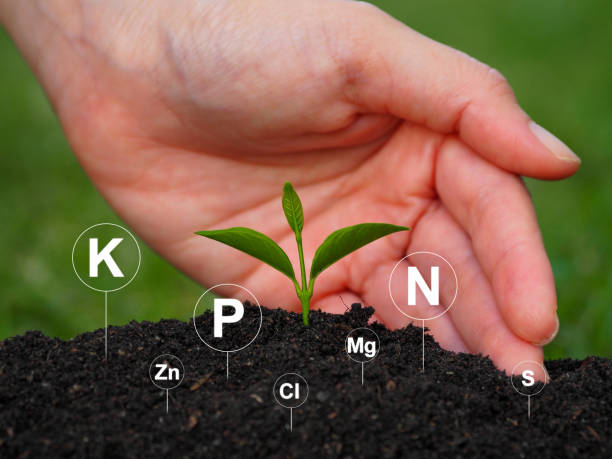
Phosphorus can be a tricky component for gardeners to incorporate. Fortunately, this article can guide you into using the most ideal material for a high phosphorus fertilizer.
Phosphorus helps your plants in various ways, such as:
- Become more resistant to diseases
- Grow healthy root systems
- Develop robust flowers and fruits
- Promote hardness and maturity
What is high phosphorus fertilizer?
Fertilizers are identified by their NPK nutritional components. N stands for nitrogen, P for phosphorus, and K for potassium.
A high phosphorus fertilizer has a minimum phosphorus content of 20 percent in an NPK formulation.
What is the fastest way to add phosphorus to soil?
Quick-release fertilizers with high phosphorus content, such as fish meal, can be easily added to the soil. At the same time, you can add slow-release high phosphorus fertilizer to promote a longer phosphorus exposure.
What happens when phosphorus is too high in plants?
Plants exposed to high phosphorus fertilizers can result in stunted growth. Phosphorus can also trace element deficiencies that interfere with nitrogen absorption.
What kind of phosphorus is used in fertilizer?
Commercial fertilizers are often added with Diammonium Phosphate (DAP), Monoammonium Phosphate (MAP), and single superphosphate (SSP). The most commonly used phosphorus fertilizer is DAP.
How does phosphorus fertilizer affect plant growth?
High phosphorus fertilizers help plants grow healthy root systems, speed up maturity, and promote shoots to encourage bushier growth.
Can phosphorus burn plants?
Excess phosphorus can burn the root systems of plants. Additionally, too much phosphorus can deprive your plants of absorbing other essential nutrients.
How do you apply phosphorus fertilizer?
If your high phosphorus fertilizer is in solid form, then sprinkle some of it lightly on the soil. You want to avoid placing too much since excess phosphorus can burn your plants.
For liquid high phosphorus fertilizers, follow the instructions on the packaging. It is always best to err on the side of caution to avoid damaging your plants.
How much fertilizer do you put in the soil?
Synthetic fertilizers often come with directions. Simply follow the instructions written on the packaging.
For natural sources of high phosphorus fertilizer, you can use the following ratio: 10 pounds of fertilizer for every 1,000 square feet. If you have a smaller area, portion accordingly.
When do you apply phosphorus to the soil?
If you have a bare space, then apply phosphorus one or two weeks before planting. For areas that have plants, lightly sprinkle over the soil to avoid harming your plants with too much phosphorus.
14 High Phosphorus Fertilizer Sources and Materials
There are 14 materials where you can get phosphorus. These are:
- Hair
- Rock phosphate
- Bone meal
- Seabird guano
- Burned cucumber skins
- Bat guano
- Fish meal
- Crab meal
- Cottonseed meal
- Worm castings
- Blood meal
- Manure
- Compost
- Synthetic fertilizers
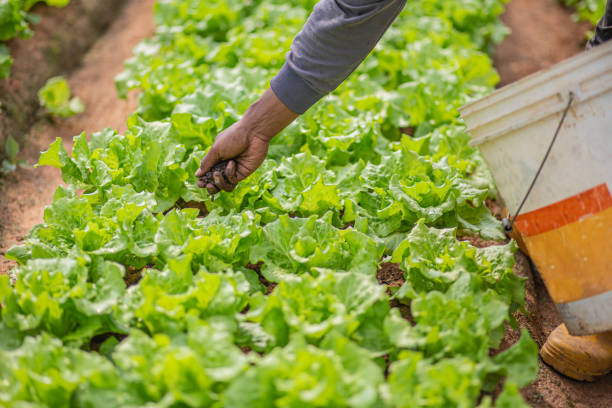
These phosphorus sources have been arranged according to their percentage in weight, as shown in the table below.
| Source of Phosphorus | %N | %P | %K | Release Speed |
| Hair | 12 | 26 | 0 | 1 – 2 years |
| Enriched Rock Phosphate | 0 | 17 – 30 | 0 | 5 years |
| Bone Meal | 2 | 12 – 16 | 0.6 | 1 – 4 months |
| Seabird Guano | 0 | 12 | 0 | 2 – 3 months |
| Burned Cucumber Skins | 0 | 11 | 27 | 3 – 4 weeks |
| Bat Guano | 5.5 – 8 | 4 – 8 | 1.5 | 2 – 3 months |
| Fish Meal | 10 | 4 – 6 | 0 | 1 – 3 months |
| Crab Meal | 4 | 3 | 0 | 1 – 3 months |
| Cottonseed Meal | 4 – 6 | 2.5 – 3 | 1.6 | 1 – 4 months |
| Worm Castings | 1.5 | 2.5 | 1.3 | 2 – 6 months |
| Blood Meal | 12.5 | 1.5 | 0.6 | 1 – 3 months |
| Manure | 0.5 – 6.5 | 0.2 – 4 | 0 – 3 | 1 – 2 months |
| Compost | 1.5 – 3.5 | 0.5 – 1 | 1 – 2 | 1 – 2 years |
| Synthetic Fertilizers | can vary | can vary up to 44 | can vary | can vary |
Now that you know the various sources of high phosphorus fertilizers, let’s discuss each one briefly.
1. Hair

Surprisingly, hair has a high concentration of phosphorus at 26 percent by weight. This makes hair the heaviest contender among the materials listed here.
Hair is easy to find since you can find it thrown away in salons, barbershops, and even at home. However, hair needs to be free of additives and contaminants to be used as a fertilizer.
However, hair can take a long time to decompose but will work for four months up to a year. Your best option would be to add hair into your compost pile to break down over the year.
2. Rock Phosphate
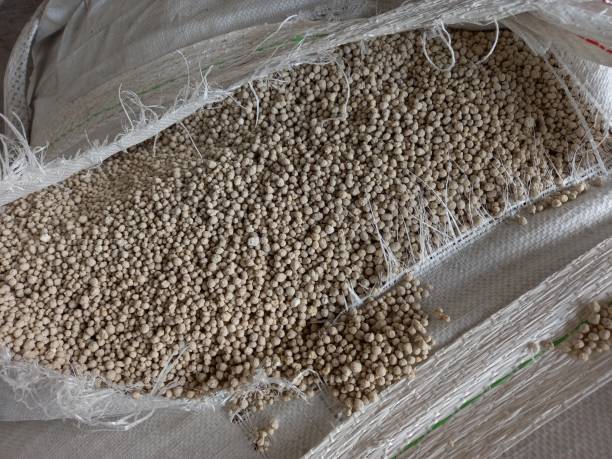
Rock phosphate can be found in many sedimentary rocks such as limestone. Rock phosphate is commonly known as phosphorite due to its high phosphorus content.
Rock phosphate takes a long time to release phosphorus into the soil. This means that it does not leach quickly into the soil or into the water systems.
You can use rock phosphate to release phosphorus slowly into the soil since it can last five years or more. This makes rock phosphate extremely ideal for gardeners who want to fertilize once for five years or so.
3. Bone Meal

Made from ground and crushed bones, bone meal is an excellent source of phosphorus. Bone meal works well to increase phosphorus content in the soil for six weeks and more.
This material releases its content well into the soil at a moderate speed. However, when used excessively, bone meal can burn root systems of your plants.
It is best to combine bone meal with your compost to make your fertilizer more balanced and nutrient-rich. You will have to note that soil pH below 7.0 will be the ideal medium for plants to get phosphorus from bone meal.
4. Seabird Guano

Seabird guano is the waste product from birds who consume purely or mainly on fish. This content makes this particular material very rich in phosphorus despite being dried over a prolonged period of time.
The nutrient content of seabird guano promotes quick plant growth. This is especially obvious in increased foliage size, robust flowers, and large healthy fruits.
Seabird guano releases phosphorus moderately well into the soil. As a result, this fertilizer is a wonderful way to provide a relatively quick dose of natural fertilizer for your plants.
5. Burned Cucumber Skins
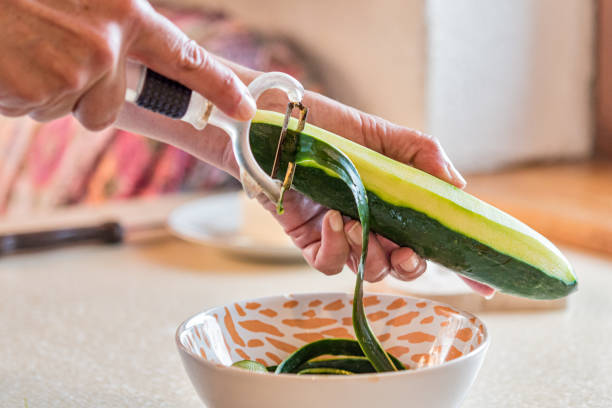
Who knew cucumber scraps can be used to increase phosphorus content into the soil? You can use raw cucumber skins, but burned cucumber skins break down and release nutrients faster.
Make your own burned cucumber skins
Here’s how you can burn cucumber skins:
- Get your cucumber skins.
- Place them flat on a baking tray.
- Bake them in the oven for 15 minutes at 350 degrees.
- Take them out of the oven.
- Use a blender or grind the blackened skins into fine powder.
- Sprinkle on the soil and store the excess.
Burned cucumber skins can provide phosphorus into the soil for around two to four weeks. They also contain a fair amount of potassium, but no nitrogen.
You can even ask around in your local restaurants if they can give you their cucumber skins. This way, you can make a large batch at one time.
6. Bat Guano
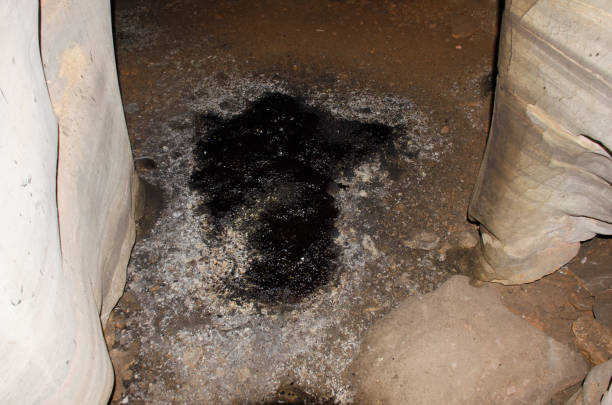
Similar to seabird guano, bat guano is a good source of phosphorus. Bat guano is easier to acquire through commercial products rather than finding some yourself.
Bat guano releases nutrients moderately into the soil. This makes bat guano an ideal natural fertilizer that can last you for at most two months.
You’ll have to note that bat guano is acidic. This high pH level can easily burn your plants if used suddenly or excessively. To temper its strength, add bat guano with compost.
7. Fish Meal

Dried fish parts, including bones, are ground up to make fish meal. This natural source of phosphorus releases its nutrients moderately into the soil.
This means that you can use fish meal for around four to six months to promote plant flowering and fruiting. Typically, fish meal is made up of herring, menhaden, or anchovy.
8. Crab Meal
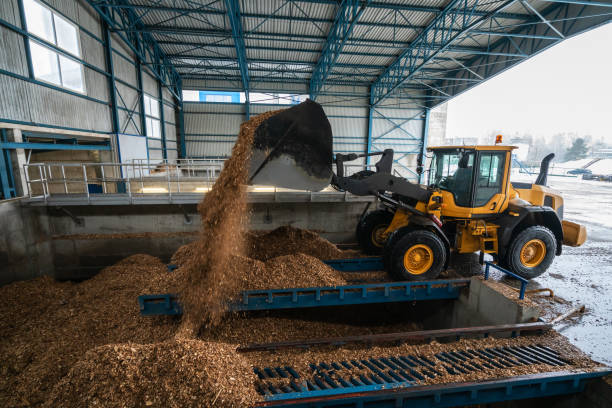
Similar to fish meal, crab meal is made up of ground dried parts of crabs. These portions are discarded materials after the edible parts have been removed.
Crab meal in particular has shown to be quite effective in fertilizing tomatoes (fertilizing tomatoes – row 17). In addition to phosphorus, crab meal provides calcium that prevents tomato diseases like blossom end rot (why are the bottoms of my tomatoes rotting – row 762).
Crab meal releases nutrients slowly and does not burn your plant’s root system. Crab meal can help deter ants, grubs, slugs, and snails.
9. Cottonseed Meal
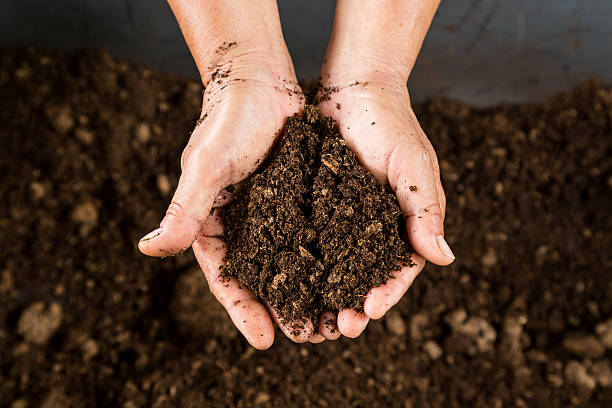
When cottonseed oil is extracted from cotton seeds, the excess material is often used for various purposes. These include plant fertilizer as well as animal feed.
Cottonseed meal improves the texture of your soil by making it drain better. Additionally, cottonseed meal improves the humic acid in your soil for better plant health.
You’ll need to be cautious when using cottonseed meal as it is acidic. Your best option is to mix it with some compost instead of direct application.
10. Worm Castings

Worm castings are waste materials excreted by earthworms. This material is also known as vermicast among many gardeners.
Worm castings release nutrients into the soil at a moderate to quick pace. Since worm castings come from decomposed food and vegetable waste, they also contain plenty of organic material.
Additionally, worm castings repel insects naturally. These include pests (tomato pests – row 5) such as whiteflies, aphids, and other hard-shelled pests.
This is why worm castings are popular among gardeners who prefer natural methods for growing, fertilizing, and protecting their plants.
11. Blood Meal
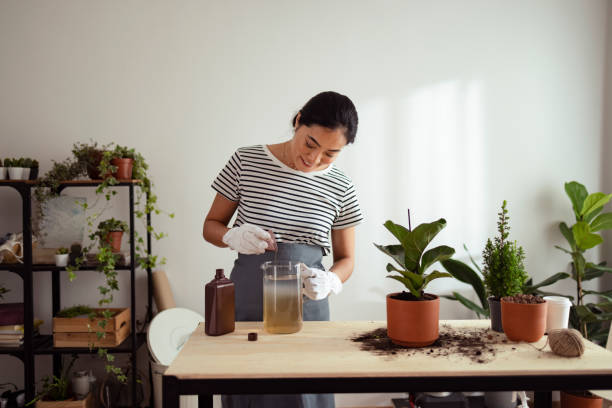
When dried animal blood is finely ground into a powder, it makes up blood meal. Both bone meal and blood meal are often by-products of animal farms and slaughterhouses.
Blood meal releases its nutrients moderately. This means that blood meal applications can last for six to eight weeks.
Deer and rabbits have been found to steer away from blood meal. Its high nitrogen content also makes it a wonderful addition to activating compost piles.
12. Manure
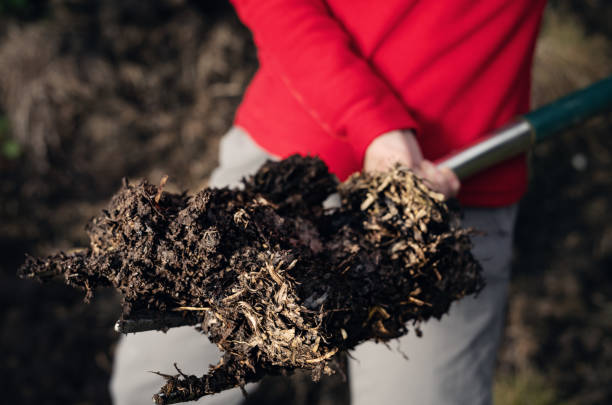
Manure can come from many animals such as horses, pigs, cows, and chicken. Depending on the type of animal it is from, manure can contain anywhere from minute to average amounts of phosphorus.
For example, manure from horses and cows typically 0.2 to 0.7 percent of phosphorus by weight. Pig manure contains higher phosphorus percentages from 0.5 to 1 percent while chicken manure has around 1 to 4 percent.
Typically, manure works to release its nutrients moderately for around two years. Since they contain potassium and nitrogen, completely decomposed manure makes a great all-purpose fertilizer.
13. Compost

Made from yard waste and discarded kitchen scraps, compost is a great form of natural fertilizers. Compost is typically made up of a mix of leaves, grass clippings, vegetable waste, and fruit peels.
Aside from providing phosphorus, compost adds potassium and nitrogen into the soil. The nutrient release is slow and normally takes more than a year before you need to replenish the soil.
Aside from nutrient content, compost improves the texture of your soil.
14. Synthetic Fertilizers

There are numerous commercial fertilizers specializing in high phosphorus content. They are often called bloom boosters or flower boosters.
These fertilizers can range from slow-releasing to fast-releasing. Their speed depends on the formulation made by the manufacturers.
Correspondingly, their reapplication also depends on the manufacturer’s formula and directions. These will be found on the instructions on the label of the product.
Conclusion
The best source of high phosphorus fertilizers often comes from natural materials. The easiest, quickest, and most affordable sources are manure, rock phosphate, and bone meal.
However, you can always experiment with other fertilizers to make your gardening experience much more interesting and rewarding!




